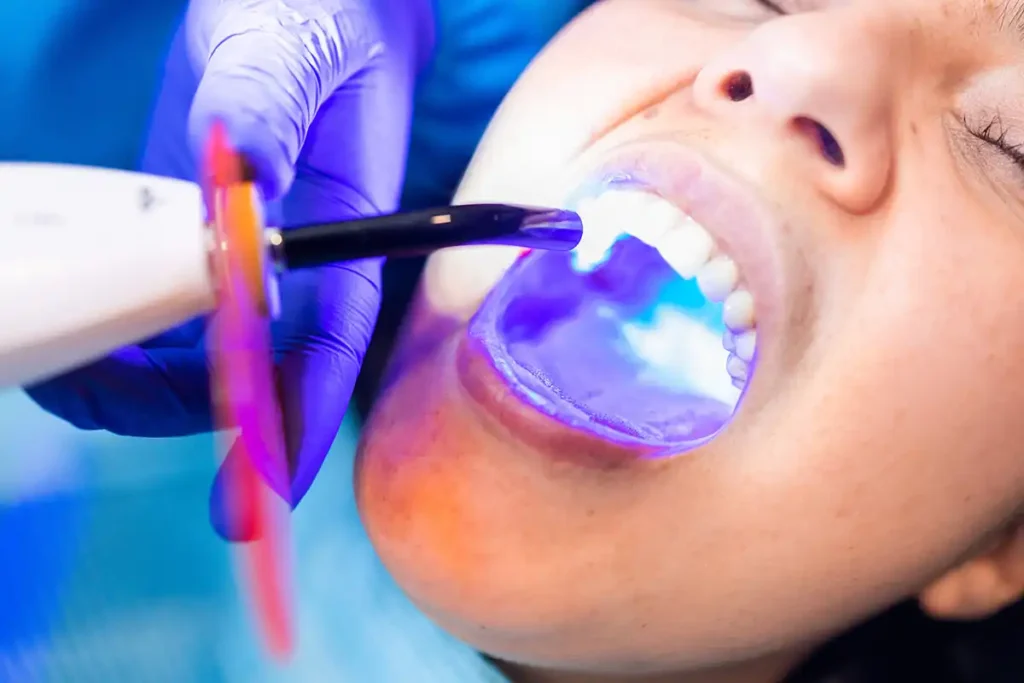The greatest challenge facing dental resin composite restorations is secondary caries resulting from marginal microleakage – bacteria invade through the small gaps between the restoration and the tooth structure, triggering localized demineralization and even the need for root canal treatment. Although antibacterial additives such as silver ions and calcium phosphate have been attempted, they suffer from problems such as decreased mechanical properties or cytotoxicity. More troublingly, traditional metal oxide nanoparticles tend to aggregate, leading to a sharp decrease in antibacterial activity. How to develop an antibacterial agent that is both uniformly dispersed and safe and efficient has become a key breakthrough to improve the lifespan of restorations.

Researchers innovatively used zein to coat magnesium oxide nanoparticles (zMgO NPs), and prepared monodisperse nanomaterials through ultrasonic shearing and centrifugal purification techniques. Concentrations of 0.3%-1.0% zMgO NPs were incorporated into Tetric N-Flow flowable resin, Tetric N-Ceram conventional resin, and Tetric N-Flow Bulk-fill resin, constructing 288 standard specimens. The diameter of the inhibition zone was measured by agar diffusion assay, combined with a modified direct contact assay to detect the microbial absorbance value, to systematically evaluate the inhibitory effect on S. mutans, S. aureus, E. faecalis, and C. albicans.
Agar diffusion assay results
All zMgO NPs-containing groups produced dose-dependent inhibition zones. Taking the 1.0% concentration as an example, N-Flow’s inhibition zone against S. aureus reached 9.5±0.5 mm, which was significantly better than the control group (P<.001). It is worth noting that N-Ceram at a concentration of 0.5% had an inhibition zone against S. mutans (6.4±0.2 mm) that was already close to its 1.0% concentration effect (7.1±0.2 mm), suggesting that there is an optimal antibacterial concentration threshold for different resin matrices.
Direct contact assay results
Optical density values showed that the N-Flow group had the most significant inhibition on E. faecalis. The absorbance value of the 0.5% concentration group decreased from 0.696±0.005 to 0.438±0.04 (P=.0008). While the absorbance values of N-Ceram and N-Bulk against S. aureus at a concentration of 0.5% were both <0.05, approaching complete inhibition.
The discussion section reveals that zein coating not only solves the problem of MgO NPs aggregation, but its sustained-release properties also give the material a continuous antibacterial function. Compared with silver nanoparticles (requiring a concentration of 0.2%) and zinc oxide nanoparticles (requiring a concentration of 2%-5%) in previous studies, zMgO NPs exhibit broad-spectrum antibacterial properties at lower concentrations (0.3%-1.0%), and do not affect the mechanical properties of the material – previous studies have confirmed that it can maintain or improve the compressive strength (up to 320 MPa) and flexural modulus of the composite material.
This study, published in the International Dental Journal, has dual translational value: at the clinical level, zMgO NPs-modified resin can reduce the risk of secondary caries by more than 50%; at the industrial level, zein, as a natural corn protein, its preparation process complies with FDA specifications for the biomedical application of MgO. Future long-term aging tests are needed to verify antibacterial persistence, and explore the synergistic effect with calcium and phosphorus release systems to build a “smart” restorative material that is closer to natural teeth.
